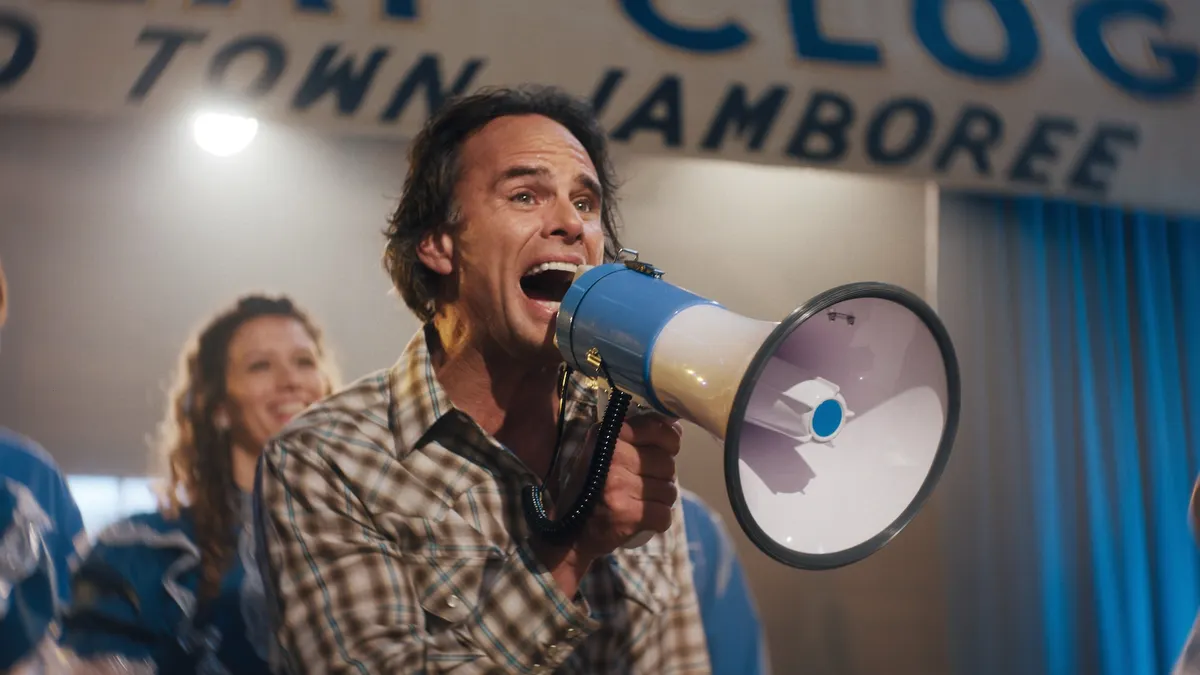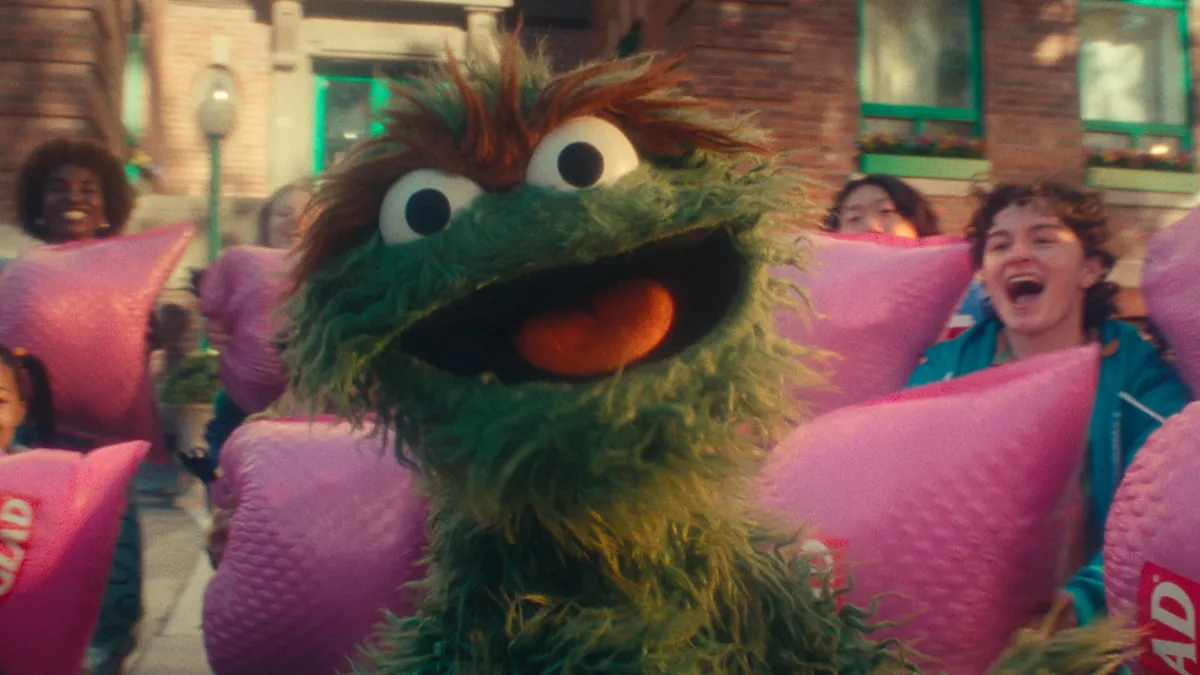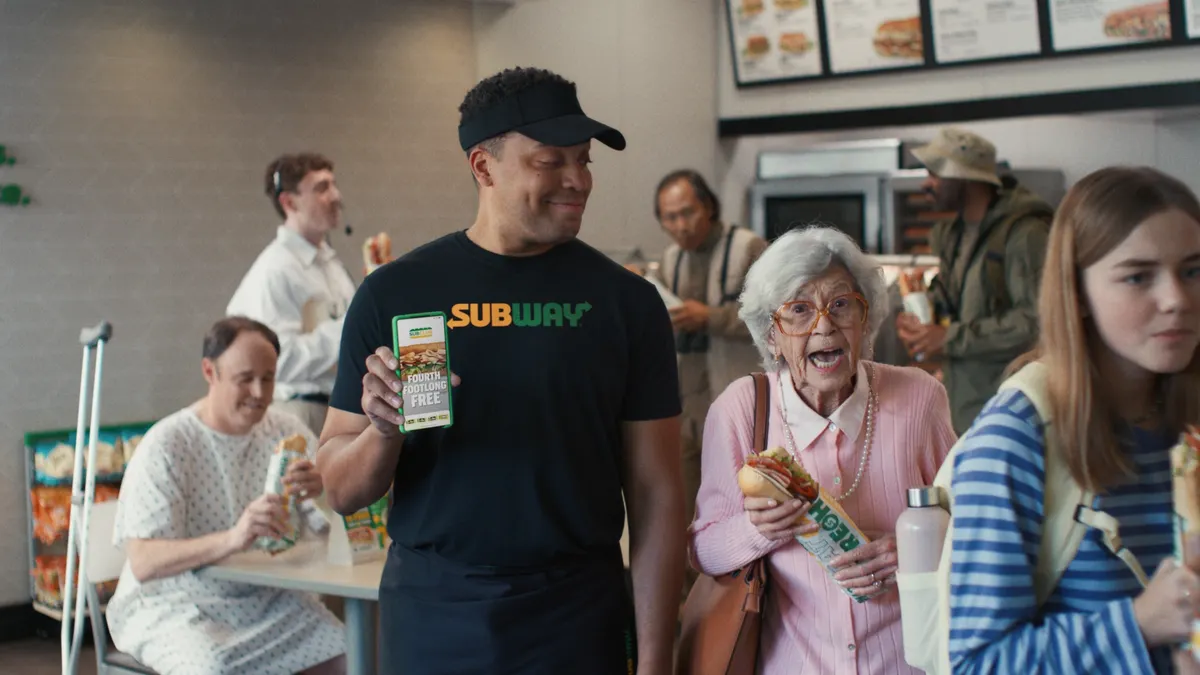New York City residents and tourists were treated to a flurry of fun and often unusual brand installations last year that stoked the senses and gave marketers a way to build more tangible relationships — a crucial factor in an age when many young consumers like millennials are favoring experiences over products. As temperatures rebound from their current chill, more such sponsored activities are likely to bloom in 2018 alongside spring's flowers to provide a roadmap of where experiential marketing is heading next.
With consumers showing stronger signs of digital ad fatigue, marketers are moving to shake up out-of-home (OOH) strategies with immersive ways to share their stories. New York City has frequently been a focal point of these efforts, thanks to its busy streets, bright lights and smells that, wonderful or not, make people's senses come alive to create a real-world impact that breaks with the ephemera of digital.
"We're wired to use all five senses, and for so long we've relegated that to maybe one or two through a screen. I think we miss using them all," Michael Lieberman, North American chief strategy officer at WPP's Kinetic Worldwide, told Marketing Dive. "We've all been so digitally consumed with how to get a message in front of someone that every brand interaction has been screen-based for so long. The ability to have a tangible experience that you can connect with on a physical level is much more impactful."
Agencies' backyard transforms into a marketer's playground
That's not to say digital methods are passé: What distinguished experiential marketing last year were digital and social media tie-ins that served as connective tissue to brands' omnichannel efforts. That's why many activations were designed to be beautiful or bizarre enough to grab peoples' attention, spur an "Insta-worthy" moment and spark online dialog about the event and brand afterward.
New York City's size and iconic sights give it an advantage for hosting these types of campaigns, as the city sees massive foot traffic from residents and visitors, providing opportunities to attract passersby that aren't feasible in less walkable areas. Madison Avenue has also been an epicenter of advertising agencies for the last century, making the city an easy hometown choice for OOH activations. Times Square was a particularly hot spot for pop-ups and brand events in 2017, which makes sense since it sees pedestrian counts as high as 480,000 people per day.
"We're wired to use all five senses, and for so long we've relegated that to maybe one or two through a screen. I think we miss using them all."

Michael Lieberman
North American chief strategy officer, Kinetic Worldwide
"It's constantly packed, it's attention-grabbing, it's beautiful. There, you're guaranteed to be noticed," Lieberman said. "If there's an event in Times Square and you're two avenues over, you likely have no idea what's happening over there. So, the interesting part will be when we can figure out how to syndicate these events."
Experiential shows no signs of slowing in popularity, meaning marketers will likely branch out and explore how to reach consumers in other locations across the country this year. Below, Marketing Dive breaks down some of New York City's most notable OOH campaigns from 2017 — in Times Square and other neighborhoods — and the lessons that might be learned from their successes:
Balancing act
Many marketers wove socially-conscious messaging into their real-world efforts last year to create resonance with consumers, which required a delicate touch to avoid coming across as disingenuous. Kind and LightStream were two brands that stood out via digital elements that put purpose behind visually-striking installations.
Kind's not-so-sweet message
Healthy snack brand Kind in August dumped a 45,485-pound pile of sugar in Times Square to illustrate how much added sugar U.S. children are estimated to eat every five minutes. The one-day stunt doubled as a promotion for a new fruit snack product with no added sugar.
Digital elements brought the stark message to a wider audience, including a YouTube video and a 360-degree Facebook video where users could click and drag or rotate their smartphone to get a full view of the installation. But what drove home the brand's message of kids' unhealthy habits were the life-size sculptures of children made of sugar that surrounded the mound of sweetener.
LightStream's creative 'concrete jungle'
In October, SunTrust Bank's online lending division LightStream aimed to boost awareness for its environmentally-conscious efforts by transforming Times Square's concrete jungle surroundings into a pop-up forest.
Real trees were positioned together to represent the 1,000 acres of trees the brand has planted across the U.S. Visitors could walk through the pop-up, opt to have a tree planted or get their photo taken against a greener background to share on social media with the hashtags #lightstreamforests and #forestofdreams, with a chance to be featured on a Times Square digital billboard.
Brands embrace immersive tech to elevate engagement
While some brands attempted to tug on the heartstrings, others used their pop-up activations to sprinkle in more bleeding-edge tech like AR and VR, which continue to pick up traction after the early success of Pokemon Go, to create fun, flashy experiences.
M&M's retro-flavored take on Times Square
Mars's M&M's brand transformed Times Square into an interactive "ARcade" to promote its new caramel chocolate candy in May. People could download a free AR app that scanned billboards in the bustling hub and converted them into classic interactive arcade games. The event also featured photo booths, real crane games, branded swag giveaways and plenty of direct face time with M&M's fans.
#UnsquareCaramel in Times Square?✅ Want to get in on the games? Download @Blippar, point it at a pack of M&M'S Caramel and you can play too! pic.twitter.com/98fkuWpQay
— M&M'S® Brand (@mmschocolate) May 11, 2017
Guests go glam with Swarovski's whimsical photo filter
In a similar vein, jewelry brand Swarovski created holiday-themed AR photo filters for a #CrystalsFromSwarovski pop-up in December to show mobile users how they'd look wearing crystal jewelry and holiday-inspired makeup.
The fun filters were released for all YouCam Makeup app users after the event wrapped up on Dec. 10, but at the time, it offered a whimsical way to drive foot traffic to the pop-up and show how fashion, entertainment and AR can merge for a compelling mix.
Behr gives Grand Central a blue hue in pop-up house
Deviating from Times Square, Behr Paint erected a pop-up house in Grand Central Terminal to reveal its first "color of the year." The installation included a VR element through 360-degree video for commuters to visualize how the muted blue-green paint might look in a real home. Headsets were available at the event, and the first 5,000 visitors took home Behr 2018 Color Trends VR cardboard headsets to further explore the brand's line of 20 new paint colors.
Perrier's Flavor Studio serves up social-inspired bubbly
Perrier engaged the senses at an immersive pop-up bar in July that featured live music, an interactive art wall, a colorful ball pit and a "mocktail" bar. The event in New York's SoHo neighborhood promoted the launch of two new flavors of sparkling water in a socially-shareable way by offering a hashtag photo printer and Twitter vending machine.
More than 5,600 people visited the Perrier Flavor Studio over the course of the five-day event, generating over 2,100 Instagram posts through the hashtag #PerrierFlavors, according to Kinetic data provided to Marketing Dive. Along with direct interaction with consumers, the brand's emphasis on social media led to a reach of more than 10 million.
Looking ahead
Though 2017 saw a wave of pop-up events and OOH activations, Kinetic's Lieberman said it's just the tip of the iceberg for what the year ahead could bring in New York and beyond.
"As much as we've seen it grow, we're not nearly to a saturation point," he said. "The novelty is still there in these dynamic experiences, and that's the stuff that stays with you."





















